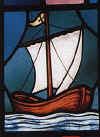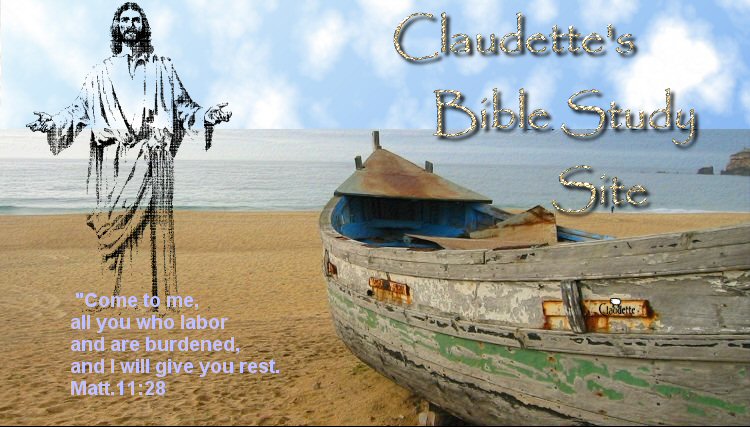- The
God of Parties
- Luke
15:1-32
- Jan.4
The title of
Rembrandtís famous painting
ďReturn of the Prodigal
SonĒ focuses on the
fatherís younger son in
Jesusí well-known parable.
But by composition and
lighting, the artist causes us
to focus on the fatheróhis
face weathered by suffering,
his hands lovingly embracing
the ragged boy, his whole body
bent to his returned son.
Some people focus more on the
sin and repentance of the
young man than on Godís
compassion and purposes.
Repentance is necessary. But
Jesusí rejoicing Father
completes, indeed dominates,
the picture.
1. When did you first see the
joyful side of Godís nature?
2. Read Luke 15:1-10. What
provoked Jesusí parables?
3. In the first two parables
the theme of an owner
searching for something lost
and rejoicing when it is found
begins to answer Jesusí
critics. Read Luke 15:11-32.
The third parable repeats the
basic theme. But how is it
different from the first two?
4. In the opening words of
verses 11-12, what facts and
implications does Jesus bring
out about family
relationships?
5. In verses 13-16 Jesus
summarizes the younger sonís
experience away from home. In
what ways are you sympathetic
with the younger son? Why?
6. What steps do you perceive
in the young manís
180-degree turnabout?
7. The drama grows as Jesus
describes the father in verses
20-24. In the light of verse
2, what does he want his
critics to see about this man?
8. In the interaction with his
older son, what other
dimensions of the fatherís
character and motives appear
(vv. 28-32)?
9. The rejoicing nature of God
is still foreign if not
downright offensive to some
religious people (see vv. 2,
6-7, 9-10, 22-24, 32 and
14:16-17). Why?
10. What part of these three
parables moves you to believe
in the possibilities of new or
fresh changes in your
relationship to family members
and with God?
|

